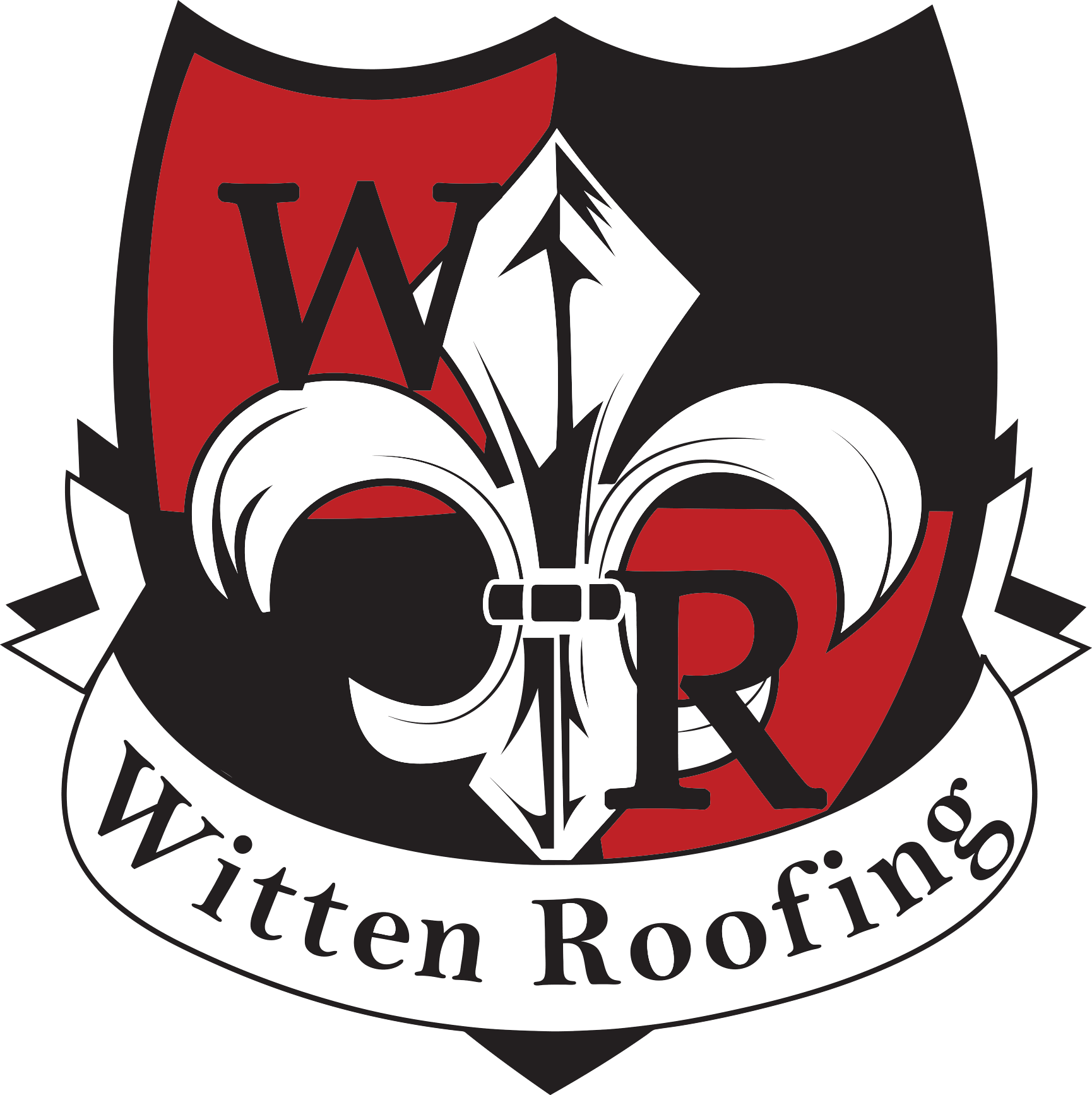Storms in Bartlett, Illinois can arrive suddenly and leave behind costly damage that isn’t always obvious at first glance. While heavy rain, hail, and strong winds may pass in a matter of hours, the impact on your roof can last for years if it’s not addressed.
For homeowners in places like Bartlett, Schaumburg, Palatine, and the greater Chicago suburbs, knowing how to spot storm damage is one of the best ways to protect your home and avoid expensive repairs down the road.
In this article, we’ll walk through the common types of storm damage, the signs you should look for, and when to call a roofing professional for an inspection.
Why Storm Damage Shouldn’t Be Ignored
Your roof is your home’s first line of defense against the elements. When a storm compromises its integrity, even small issues can snowball into major problems:
- Leaks and Water Damage – Even tiny punctures can let water seep into your attic, insulation, and drywall.
- Mold and Mildew Growth – Moisture creates the perfect environment for mold, which can impact both your home’s structure and your family’s health.
- Shortened Roof Lifespan – Storm damage accelerates wear and tear, meaning you may need a replacement sooner than expected.
- Higher Repair Costs – What could’ve been a simple fix after the storm might turn into thousands in repairs if ignored.
The bottom line:
spotting damage early saves you time, stress, and money.
Common Types of Storm Damage to Roofs
Different storms leave different marks. Here’s what Illinois homeowners should watch for:
1. Wind Damage
High winds can lift or loosen shingles, exposing the underlayment or decking underneath. Look for missing shingles, displaced flashing, or shingles that appear curled or creased.
2. Hail Damage
Hailstorms are notorious for damaging roofs in Chicagoland suburbs. Hail impact can knock off protective granules from shingles, leaving behind dark “bruises” or dents. These weak spots make shingles more vulnerable to leaks.
3. Heavy Rain and Standing Water
Flat or low-sloped roofs are particularly at risk of standing water after heavy storms. Pooled water can seep into seams, cause mold, and deteriorate roofing materials.
4. Fallen Debris
Branches, trees, or even flying objects during storms can puncture your roof. Even if you don’t see obvious holes, smaller cracks or dents may still compromise your system.
5. Ice and Snow
Winter storms in Illinois often bring ice dams, which occur when melting snow refreezes at the roof’s edges. This traps water and forces it under shingles, leading to leaks.
How to Spot Storm Damage on Your Roof
Not all storm damage is obvious, especially from the ground. Here are steps you can take:
1. Inspect From the Ground
Walk around your home and look for visible signs such as missing shingles, dented gutters, broken flashing, or debris on the roof.
2. Check the Attic
Go into your attic with a flashlight. Look for water stains, leaks, or damp insulation. Sometimes, attic evidence shows up before damage is visible outside.
3. Look for Granules
After hail or strong wind, check your gutters and downspouts for excessive shingle granules. This is a sign your shingles are deteriorating.
4. Examine Ceilings and Walls
Water damage often reveals itself indoors. Keep an eye out for yellow or brown stains on your ceilings or walls.
5. Watch for Drafts or Temperature Swings
If your upstairs feels drafty or unusually hot/cold, storm damage may have compromised your roof’s insulation.
⚠️ Important: Avoid climbing onto your roof yourself, especially after a storm. It can be slippery and dangerous. If you suspect damage, call a professional roofing contractor for a full inspection.
When to Call a Professional Roofer
If you notice any of the above signs, or if a major storm just passed through your neighborhood, scheduling a professional inspection is always the safest move. Experienced roofers know how to spot hidden issues that aren’t obvious to the untrained eye.
At Witten Roofing, we specialize in identifying storm damage for homeowners across Bartlett, Schaumburg, Palatine, and the surrounding Chicago suburbs. Our team provides honest assessments, expert repairs, and full roof replacements when needed.
Can Insurance Help Cover Storm Damage?
Homeowners insurance often covers roof damage caused by sudden events like hail, wind, or falling debris. Coverage depends on your policy, but most insurers require timely claims and documentation.
A professional roofer can provide inspection reports, photos, and guidance to help simplify the claims process. While Witten Roofing is not an insurance company, we do work with homeowners to ensure they have the information needed to file their claims correctly.
Preventing Future Storm Damage
While no roof is storm-proof, there are steps you can take to reduce risks:
- Trim overhanging branches near your roof.
- Keep gutters clear to prevent water backup.
- Schedule annual roof inspections to catch small problems early.
- Consider upgrading to impact-resistant shingles if storms are common in your area.
Need a Roof Inspection in Bartlett or the Chicago Suburbs?
Don’t wait until a small leak becomes a major issue. If your home was hit by recent severe weather, call Witten Roofing for a professional inspection. Our expert team will evaluate your roof, explain your options, and make sure your home is protected.
Serving Bartlett, Schaumburg, Palatine, and the greater Chicagoland area — we’re here when you need us most.
Frequently Asked Questions About Storm Damage
Q1: How soon after a storm should I check my roof?
You should inspect your property as soon as it’s safe to go outside. If you suspect damage, schedule a professional inspection within a few days.
Q2: What does hail damage look like on a roof?
Hail damage often looks like dark spots, dents, or “bruises” on shingles where granules are missing. It can also cause dents in gutters or flashing.
Q3: Can a roof leak months after a storm?
Yes. Some storm damage isn’t immediately obvious. Water can slowly seep into your attic, and leaks may not appear until months later.
Q4: Will insurance cover the cost of a storm-damaged roof in Illinois?
In most cases, yes — if the damage was caused by wind, hail, or other sudden events. It depends on your policy and deductible.
Q5: Should I repair or replace my roof after storm damage?
That depends on the extent of the damage. Minor issues may only need repairs, but widespread or severe damage could require a full replacement.
Q6: How do I prepare my roof before storm season?
Schedule a professional inspection, clean your gutters, and remove overhanging branches. Preventative maintenance goes a long way in minimizing damage.




